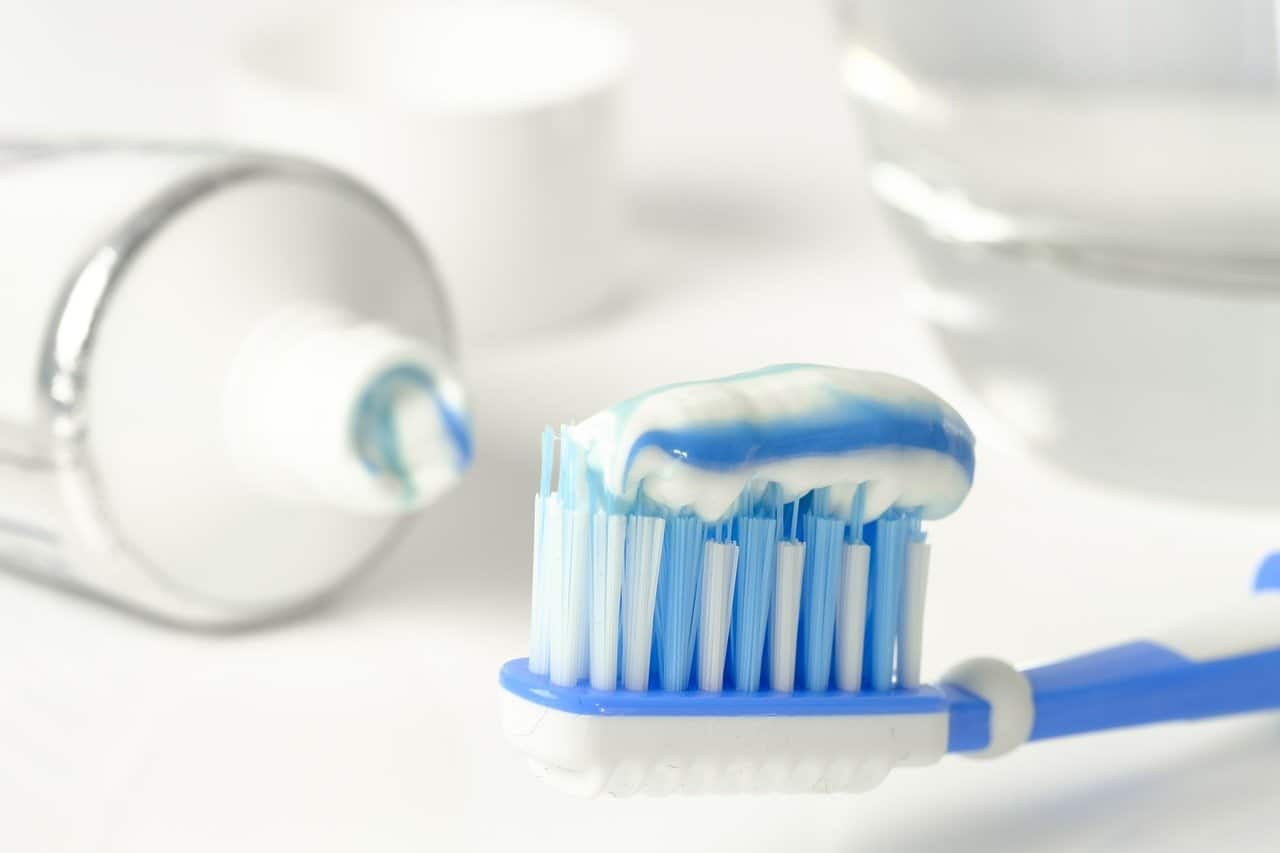
Healthy teeth are our business card. It is good that they are also snow-white. However, it turns out that care for oral hygiene also translates into the overall health of our body. In addition to a toothbrush, we need the right toothpaste. It must prevent tooth decay and help ensure that visits to the dentist are limited to short check-ups
It is worth noting that the toothpaste is used by us for a few minutes a day at most. For such a short time we have to take full care of our oral hygiene. This necessitates such a selection of ingredients that the toothpaste works well, even for such a short period of use. Of course, this also requires a good brushing technique and a properly chosen toothbrush. However, it is the toothpaste that is of primary importance
The proper composition of toothpaste is crucial. However, there are many products on the market – in the light of advertisements, almost each of them is characterized by “optimal composition”. What should we actually pay attention to?

In addition to abrasives, polishing substances and fluorine compounds, we will find in toothpaste:
The market for toothpaste is quite diverse, which translates into the availability of different types of such products. Among others, we distinguish
The first element to pay attention to when choosing a toothpaste is the age or specific characteristics of the teeth. It is better to buy a toothpaste dedicated to children or people at risk of periodontitis than to stop with a traditional one. On the other hand, dentin hypersensitivity may cause the lumps contained in an average toothpaste to be too thick and cause discomfort. A better solution is to purchase a special toothpaste. Those struggling with infections, on the other hand, should stock up on anti-inflammatory and anti-microbial products.
The main problem will be the lack of adequate protection for our teeth. Too high content of abrasive substances during everyday use may have bad influence on enamel. Individual flavor and fragrance additives may cause allergies. This applies equally to synthetic and natural ingredients. Some ingredients, such as peppermint oil or glycerin, can cause heartburn, abdominal pain or nausea if swallowed. So it’s not a good idea to fully succumb to colorful advertisements that tout particular products. A better option is to read labels and comments online. They can be very helpful.
Photo: Pixabay